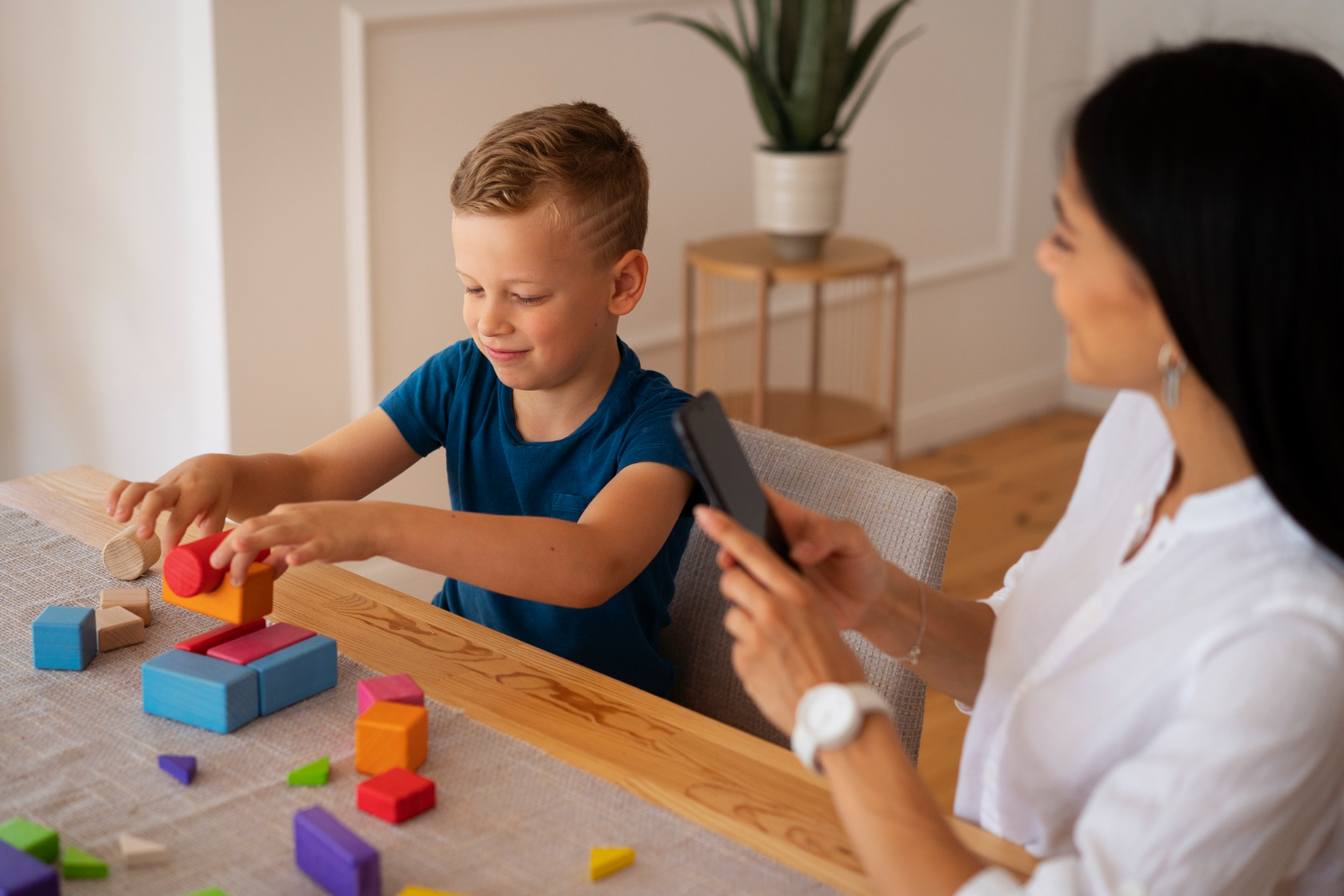Play therapy All Tangled Up is a powerful tool used by therapists to help children express their feelings, learn coping mechanisms, and address various emotional and behavioral issues. One of the key aspects of play therapy is the concept of being “all tangled up,” which reflects the complexity of a child’s emotions and experiences. This article will explore what play therapy entails, the significance of the “all tangled up” metaphor, and effective techniques used in this therapeutic approach.
What is Play Therapy?
Play therapy is a form of psychotherapy primarily designed for children aged 3 to 12 years. It allows children to communicate their feelings, thoughts, and experiences through play rather than verbal communication, which can be challenging for them.
Key Features of Play Therapy:
- Child-Centered: Play therapy is centered around the child’s needs and preferences, allowing them to take the lead in the therapeutic process.
- Expressive Medium: Through toys, games, and art materials, children can express themselves freely, helping therapists understand their inner world.
- Safe Environment: Play therapy provides a safe space for children to explore their emotions, confront fears, and process experiences without judgment.
The “Play therapy All Tangled Up” Metaphor
The phrase “all tangled up” is often used to describe the emotional and psychological state of children experiencing difficulties. Just as threads can become tangled, a child’s feelings can become intertwined, making it hard for them to separate their emotions and understand what they are experiencing.
Significance of the Metaphor:
- Complex Emotions: Children may feel a range of emotions, such as anger, sadness, confusion, or fear, all at once. This metaphor helps therapists recognize the complexity of these feelings.
- Difficulty in Communication: Children often struggle to articulate their emotions, leading to frustration and behavioral issues. The “all tangled up” concept allows therapists to explore these complexities through play.
- Path to Clarity: Just as untangling threads can lead to a clearer picture, play therapy can help children make sense of their feelings and experiences, leading to emotional clarity and healing.
Techniques Used in Play therapy All Tangled Up
Play therapy employs various techniques to help children express themselves and work through their “tangled” emotions. Here are some effective techniques commonly used:
1. Symbolic Play
In symbolic play, children use toys and figurines to represent their feelings and experiences. For example, a child may use dolls to reenact a family conflict, allowing them to express emotions they might not be able to articulate. This technique provides insight into the child’s world and helps them process their experiences.
2. Art Therapy
Art therapy allows children to express their feelings through creative means, such as drawing or painting. This non-verbal approach can help children explore emotions and experiences they may find difficult to discuss. Therapists can analyze the artwork to gain a deeper understanding of the child’s feelings.
3. Role-Playing
Role-playing enables children to act out different scenarios and practice coping strategies. For instance, a child might take on the role of a superhero to express feelings of power or control. This technique allows children to explore different perspectives and develop problem-solving skills.
4. Storytelling and Puppetry
Storytelling and puppetry can be effective in helping children articulate their feelings. Children can create narratives or use puppets to represent different emotions and characters, allowing them to explore complex situations in a safe and playful way.
5. Sand Tray Therapy
In sand tray therapy, children use a sandbox and miniature figures to create scenes that represent their thoughts and feelings. This technique allows for a tangible representation of their internal world, enabling children to express emotions and experiences that might be difficult to verbalize.
Benefits of Play therapy All Tangled Up
Play therapy offers numerous benefits for children facing emotional and behavioral challenges:
- Enhanced Communication Skills: As children engage in play therapy, they develop better communication skills, helping them express their thoughts and feelings more effectively.
- Increased Self-Esteem: Play therapy fosters a sense of competence and confidence, allowing children to navigate challenges and improve their self-esteem.
- Improved Emotional Regulation: Through various techniques, children learn to recognize and manage their emotions, leading to improved emotional regulation and coping skills.
- Stronger Parent-Child Relationships: Play therapy can involve parents, helping them understand their child’s emotions and improve their relationship through effective communication.
- Resilience Building: By exploring and addressing their feelings in a safe environment, children can develop resilience and adaptability, better preparing them for life’s challenges.
Conclusion : Play therapy All Tangled Up
Play therapy is a valuable therapeutic approach that helps children untangle their complex emotions and experiences. The metaphor of being “all tangled up” highlights the intricacies of a child’s emotional world and underscores the importance of providing a safe space for expression. Through various techniques such as symbolic play, art therapy, role-playing, storytelling, and sand tray therapy, children can gain clarity and understanding, leading to emotional healing and personal growth.
If you are considering play therapy for a child in your life, consult a qualified therapist who specializes in this approach. With the right support, children can navigate their “tangled” emotions and emerge stronger and more resilient.
FAQs about Play Therapy
1. What age group is play therapy suitable for?
Play therapy is typically designed for children aged 3 to 12 years, but it can be adapted for older children and adolescents in some cases.
2. How long does play therapy usually last?
The duration of play therapy varies depending on the child’s needs, but sessions typically last between 30 to 60 minutes and can occur weekly or bi-weekly.
3. Can parents be involved in play therapy?
Yes, parents can be involved in play therapy sessions, either by participating directly or by engaging in activities at home that support the child’s progress.
4. What types of issues can play therapy address?
Play therapy can help address a range of emotional and behavioral issues, including anxiety, depression, trauma, grief, and difficulties with peer relationships.
5. How can I find a qualified play therapist?
To find a qualified play therapist, look for licensed professionals with specialized training in play therapy. You can search through professional organizations, such as the Association for Play Therapy, for referrals in your area.









Leave a Reply